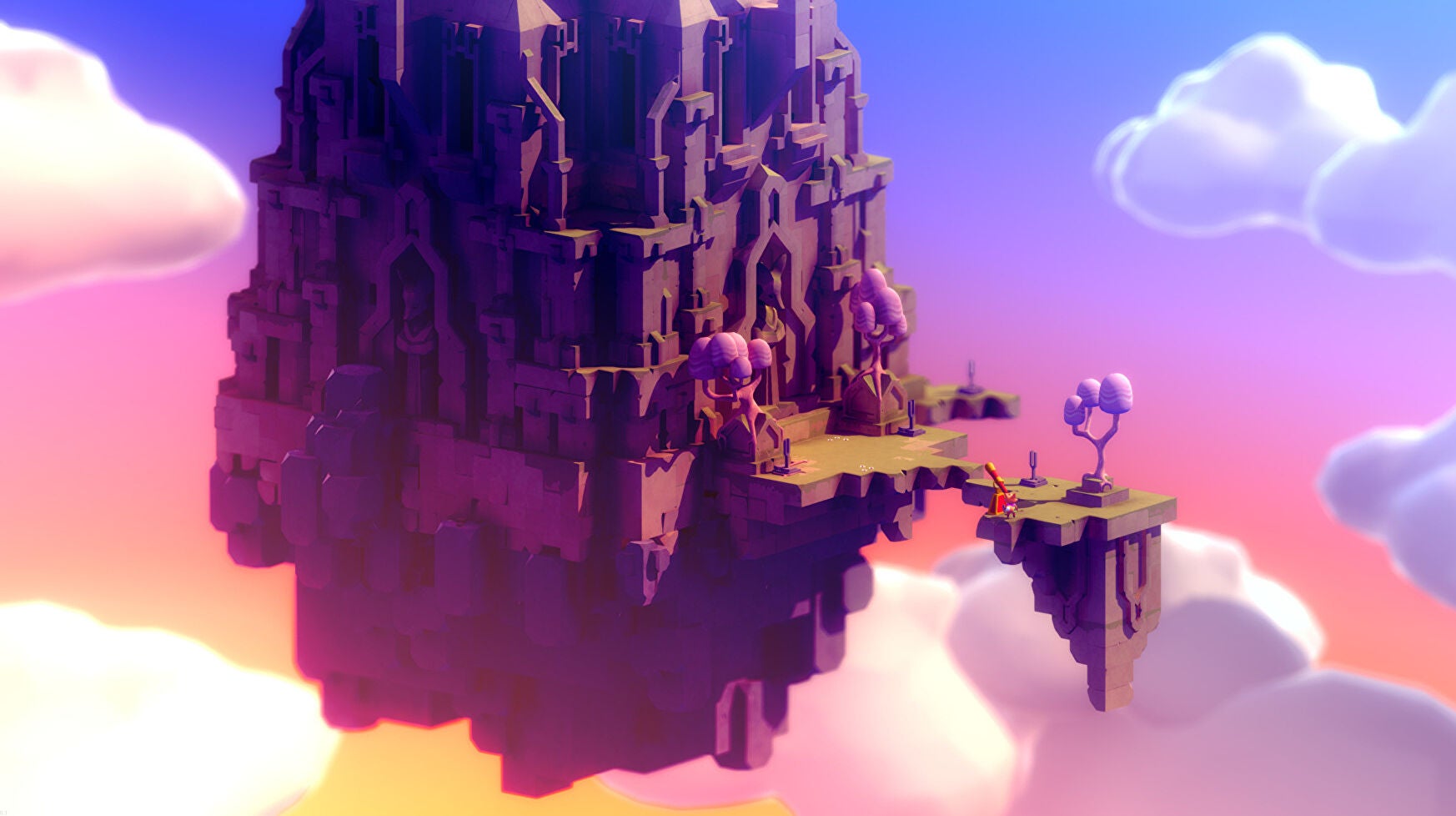If you’re unfortunate enough to know me reasonably well, you’ll know that I’ve become a little more insufferable than usual lately thanks to returning to my love of photography. It’s been interesting to see how much of what I love about photography – and the way photography affects memory and nostalgia – is visible in Tunic.
Of course, I don’t mean that there are cameras in the game as with Beyond Good & Evil or anything like that. But seeing certain features in the game that are also present in so many favourite photographs I’ve seen on the web was quite a jarring experience.
Firstly, the water. The water in Tunic is such a glorious, vivid blue that it almost looks like flowing silk. It’s been obvious for a while that the most realistic looking waves in a video game are probably those you dance across in Sea of Thieves. Yet I think this heavenly blue in Tunic is how we sometimes remember idyllic lakes from holidays and days out. Maybe it’s the euphoric feelings of such memories that make the colours in our minds much more saturated than they actually were, because we can’t all visit the true-blue water near the Canadian Rockies or Attabad Lake.
Another thing I noticed in Tunic was from the beginning in the forest (an area you revisit early on and then later in the game) where you seem to be walking under huge trees. The shadows of leaves break up whatever sunlight is beaming onto this world. I don’t know whether it’s the slight fuzziness of it all that reminded me of how good shadows look in film photographs, but it’s something that’s incredibly difficult to replicate with the high-end smartphone cameras we use today, a topic Kyle Chayka wrote about with the advancements of computational photography.
